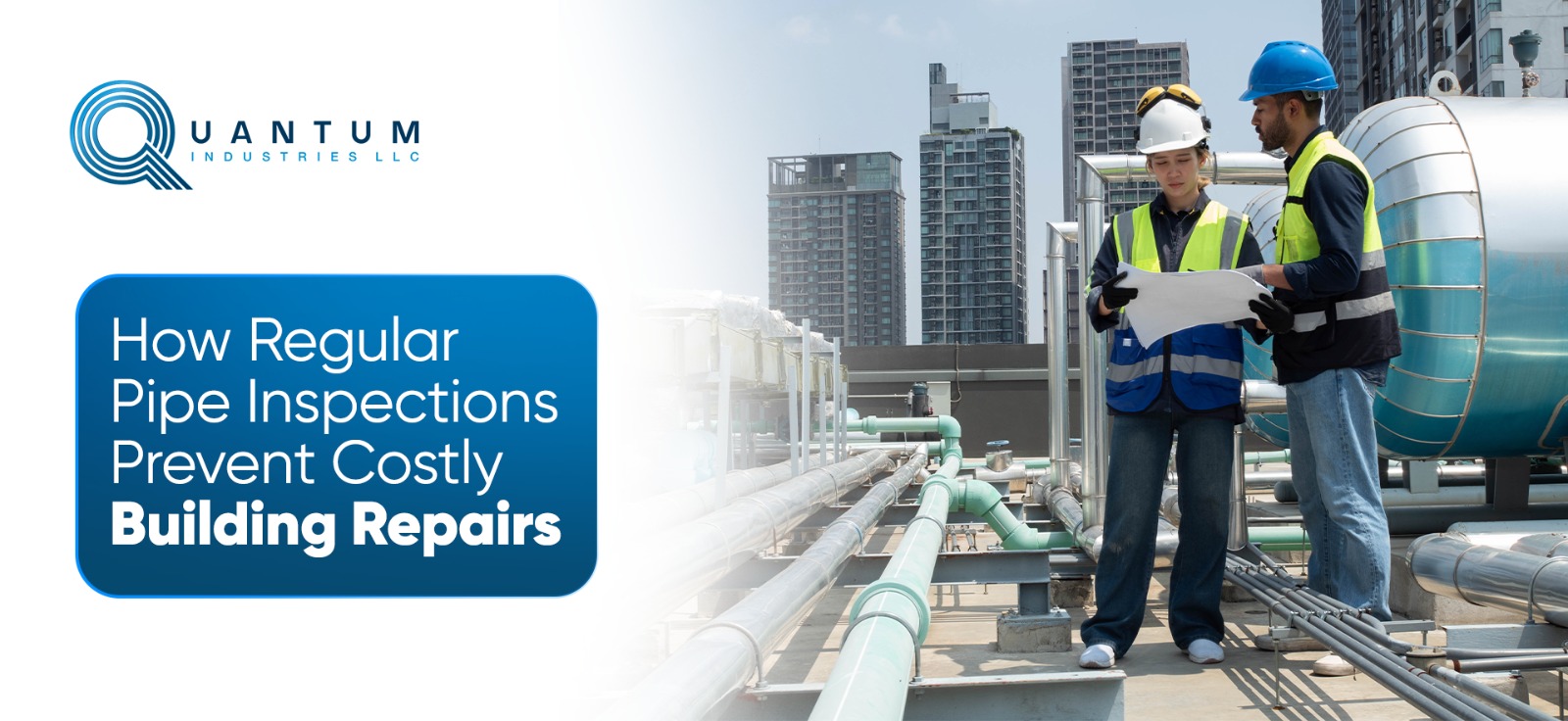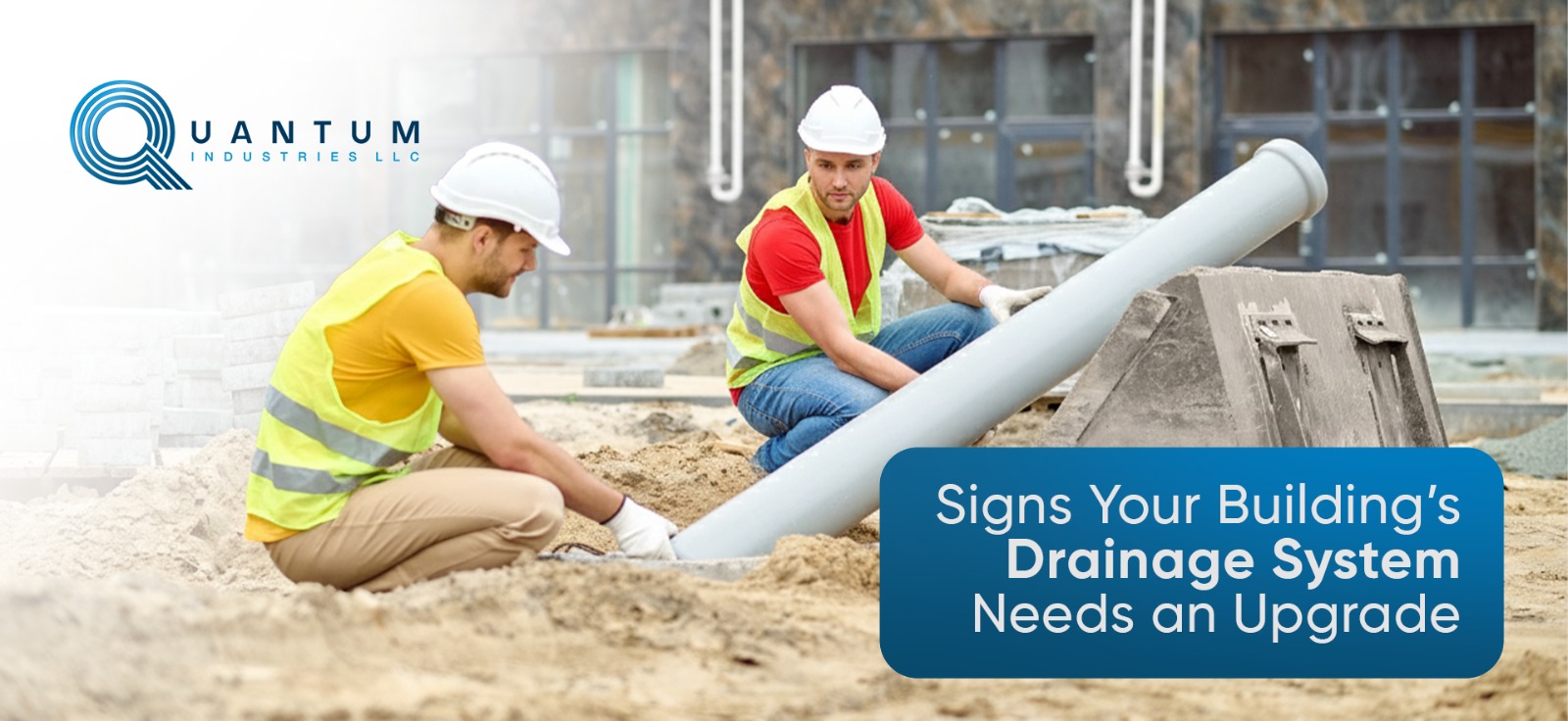



When it comes to plumbing systems, whether in a home, office, or industrial setup, the type of piping used has a direct impact on long-term efficiency, safety, and comfort. Traditionally, galvanized iron (GI) pipes were the standard choice for decades, valued for their strength and dependability. However, with advancements in material science, PP-R (Polypropylene Random Copolymer) pipes, like those offered by Qtherm, have emerged as a superior alternative in many applications.
If you're considering what kind of pipes to use in your next project or renovation, here In this guide, "PP-R vs. Traditional Metal Pipes (GI): A Comparative Guide" we explore the key differences between the two, helping you make an informed decision based on performance, cost, and longevity.
Choosing the right pipe for plumbing is crucial, with efficiency, durability, and longevity being key considerations. PP-R and GI pipes are among the most commonly used options. In this section, we’ll break down the main differences between them to help you make an informed choice.
Feature |
PP-R Pipes |
GI Pipes |
|
Corrosion Resistance |
✔️ Fully resistant |
❌ Prone to corrosion over time |
|
Water Quality |
✔️ Maintains purity |
❌ Risk of rust contamination |
|
Heat Resistance |
✔️ Up to 95°C |
⚠️ Degrades over time |
|
Installation |
✔️ Easy and quick |
❌ Labor-intensive |
|
Lifespan |
✔️ 50+ years |
⚠️ 10–25 years |
PP-R (Qtherm): These pipes are made from a special type of plastic designed to withstand stress, pressure, and temperature fluctuations. They are non-metallic, lightweight, and inherently corrosion-resistant.
GI: The GI pipes are made from steel and galvanized on the outside surface to prevent rusting. The metallic constitution renders them heavy and prone to surface wear.
PP-R (Qtherm): One of the key advantages of PP-R pipes is their complete resistance to corrosion... Whether the water is hard, soft, or slightly acidic, PP-R pipes remain unaffected.
GI: Though the zinc coating provides an initial resistance from corrosion, GI pipes, over a period of time, would be susceptible to internal corrosion, mainly when placed against hard or treated waters. This affects the pipe integrity and sometimes the water quality.
PP-R (Qtherm): Because the water remains clean and safe for human consumption within the non-toxic and chemically inert PP-R pipes, they have suitable applications with potable water systems.
GI: An inadequacy in the zinc coat produces rust with the aging of exposure. It is so much that the rust may contaminate the water. This makes them unsuitable for modern potable water systems.
PP-R (Qtherm): The pipes can withstand temperatures up to 95°C and so can be used for both hot and cold water. They will not warp or weaken with heat.
GI: GI pipes can resist high temperature at their beginning but gradually, with corrosion, their efficiency and durability drop down.
PP-R (Qtherm): Their lightweight and flexibility make installation quicker and more convenient. In PP-R systems, PP-R pipes are joined by heat fusion to make seamless and leak-proof joints.
GI: A heavier and metallic pipe, GI pipes are put to threading, cutting, and sealing, a labor-intensive and time-consuming affair.
PP-R (Qtherm): Depending on the operation, from installation to maintenance, PP-R pipes are cheaper throughout the life of a project. Lesser labor, fewer repairs, and longer lifespan translate into savings over the long term.
GI: GI pipes will be more costly both in the upfront and in the continuing costs. Complex installation and recurrent maintenance may well turn such pipes uneconomical in the long run.
PP-R (Qtherm): When properly installed, PP-R pipes can easily last over 50 years. Their resistance to scaling, corrosion, and chemical wear makes them a dependable long-term solution.
GI: These pipes usually last 10 to 25 years, depending on water conditions and usage.But they are likely to shorten their useful life due to issues like corrosion.
PP-R (Qtherm): Because of their plastic composition, PP-R pipes are sound-absorbing, and there is a quieter flow of water. This can be a huge comfort factor in domestic and commercial buildings.
GI: Their metal composition has a tendency to echo the sound of the water flow, and therefore, they are louder, particularly for high-pressure systems.
PP-R (Qtherm): It is also resistant to a large assortment of chemicals like cleaning agents and industrial liquids, and hence can be installed in different environments.
GI: Chemical exposure compromises the integrity of GI pipes. They are particularly susceptible to acidic or salt-like substances.
PP-R (Qtherm): Their versatility suits them well for a broad range of applications, including residential plumbing, commercial water systems, heating networks, and even chemical carrier lines.
GI: Though traditionally used for water supply lines and industrial applications, GI pipes are increasingly being replaced in modern applications.
It is the development of building materials that has provided us with intelligent, efficient substitutes, and one good example is the PP-R pipe. They offer a blend of safety, functionality, ease of installation, and cost that no longer possible to compete with GI pipes in today's uses. While GI pipes still hold application in specific heritage schemes or where there is an unequivocal requirement for metal, the majority of modern applications will benefit more from switching over to PP-R.
To homeowners, builders, and architects, choosing PP-R is not just following the trend, it's about adopting a functional, proactive solution that gives peace of mind for decades to come.
Make the smart switch to Qtherm PP-R pipes today. Contact our experts form Quantum Industries for consultation, bulk orders, or custom solutions for your residential or commercial project.

